Why Is My Power Bill So High?
Did you open your latest energy bill and feel shocked by the total? If so, you’re not alone. Many Australians are asking the same question: ‘Why is my power bill so high?’ With electricity costs rising nationwide, unexpected increases can put a strain on household and business electricity budgets.
The good news is that there are often clear reasons behind a high bill—and practical steps you can take to reduce your electricity costs. From inefficient appliances to hidden energy drains, understanding what’s driving up your energy usage can help you take back control of your electricity account.
In this article, we’ll explore the most common causes of high energy bills, ways to reduce electricity usage, and when it might be time to call in a licensed electrician.
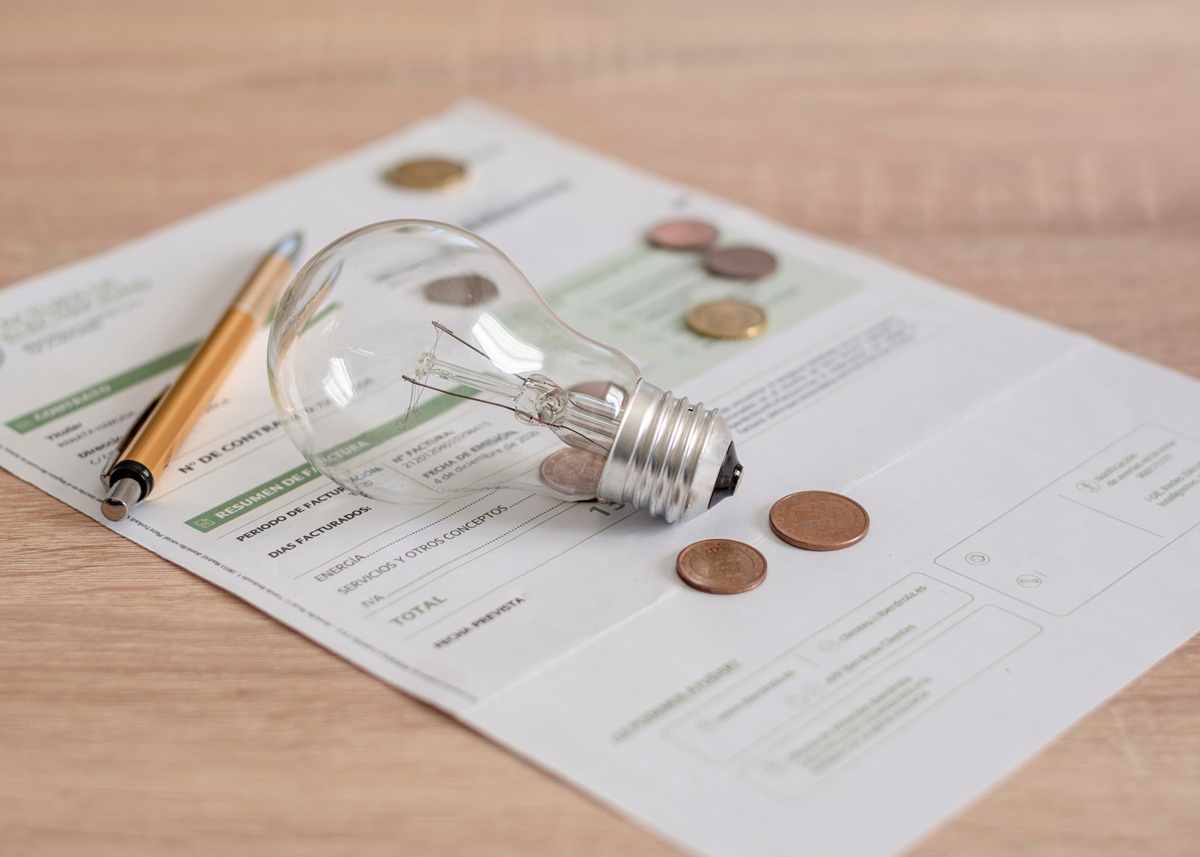
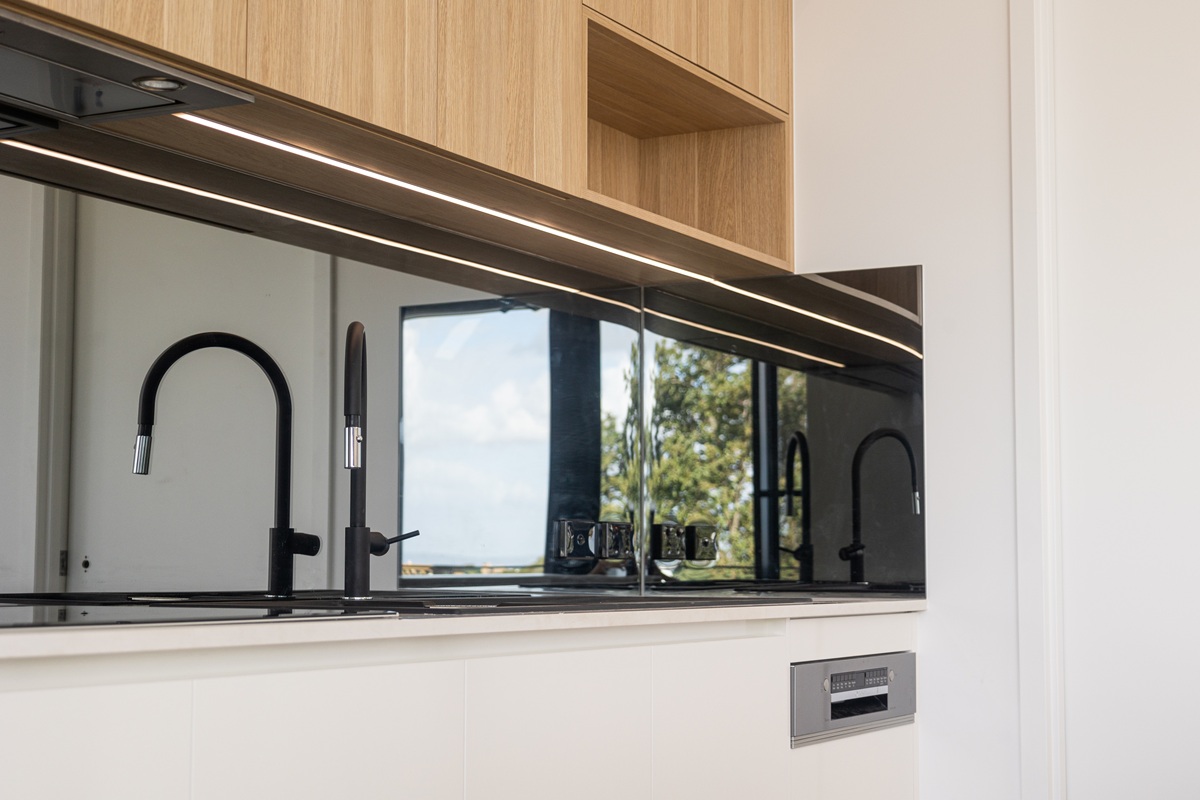
Understanding Your Power Bill
Look over your energy bill to understand the charges before making any changes. Many of us unknowingly overpay for electricity simply because we don’t fully understand our tariff, supply charge, or billing period.
What You’re Being Charged For
- Usage Charges: The cost of the electricity you consume, measured in kilowatt-hours (kWh).
- Supply Charge: You pay a daily fixed fee to stay connected to the grid, regardless of your usage.
- Tariff Type: Some plans have standing offers with fixed rates, while others use time-of-use pricing, where power is more expensive during peak hours.
- Billing Period: Your electricity meter readings determine your billing period and directly impact your electricity costs compared to the same time last year.
If your high bill doesn’t match your previous bill or expected usage, it may be worth reviewing your plan or checking for an estimated bill due to a missing or incorrect meter reading.
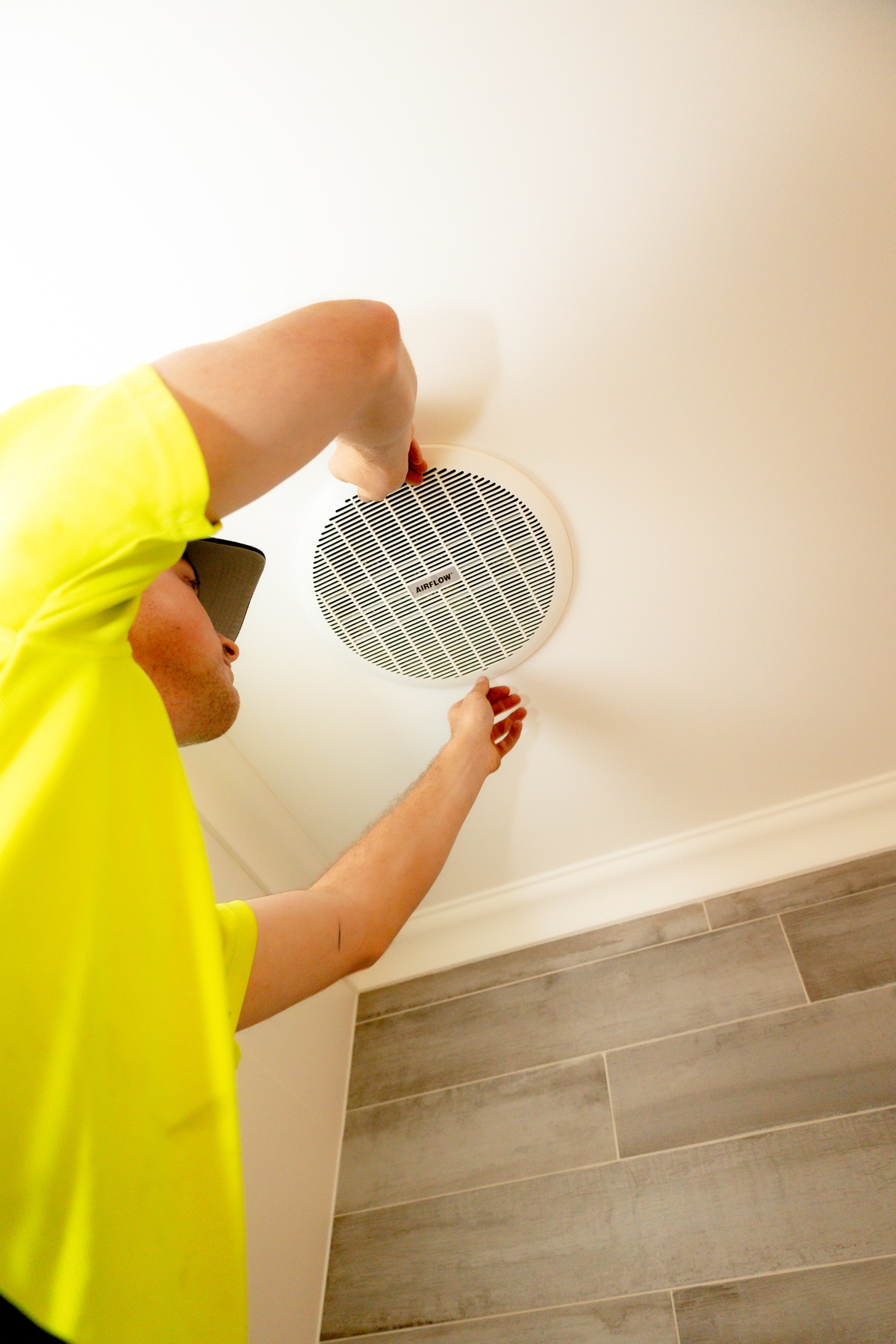
Common Causes of High Power Bills
1. Heating & Cooling Costs
Air conditioning and heating systems are among the biggest energy consumers in Australian homes. Running them for long hours, especially during peak hours, can significantly impact your power bill.
To keep costs down, try setting your air conditioner to 24–26°C in summer and your heater to 18–20°C in winter. Ceiling fans use far less power and can be a great alternative.
Sealing drafts and properly insulating your home can also reduce heating and cooling demands, keeping your home comfortable without high energy consumption.
2. Inefficient Appliances
Older appliances can silently drive up your energy bill. Fridges, washing machines, and air conditioners often consume more electricity than newer, energy-efficient models.
If your appliances are more than a decade old, think about upgrading to high-star-rated models. In the meantime, small changes—like washing clothes in cold water, running full dishwasher loads, and ensuring fridge seals are intact—can help lower your electricity and gas costs.
3. Standby Power Waste (‘Phantom Load’)
Many people don’t realise that appliances continue to draw power even when turned off. Devices such as televisions, gaming consoles, and microwaves use standby power, which can account for up to 10% of a household’s energy usage.
One way to take control of your energy use is by installing timers, switches, and power logging devices. These can help track where electricity is being used, identify hidden energy drains, and automatically cut power to devices when they’re not needed.
Switching devices off at the power point is the easiest way to prevent this waste. Smart power boards can also help by cutting power to devices that aren’t in use.

4. Electric Hot Water Systems
Hot water heating is one of the biggest contributors to household power bills, particularly for homes with electric storage systems. If your bill is higher than last year, your hot water system may be running inefficiently or consuming power at peak times.
Taking shorter showers and installing low-flow showerheads can help reduce water heating costs. For a long-term solution, consider switching to a heat pump or solar hot water system to lower your electricity and gas expenses.
5. Poor Insulation & Air Leaks
If your home isn’t well insulated, your heater or air conditioner must work harder to maintain a stable temperature. This leads to higher energy bills.
Check for drafts around windows, doors, and vents—even small gaps can make a difference. Simple solutions like weather stripping, door draft stoppers, and thicker curtains can help regulate temperature more efficiently. If you’re looking for long-term savings, consider improving ceiling and wall insulation.
6. Pool Pumps & Outdoor Equipment
For homeowners with swimming pools, the pump is one of the largest energy drains. Many pool owners run their pumps longer than necessary, leading to excessive electricity usage.
Reducing the pump’s operating hours and switching to a variable-speed pump can cut costs significantly. An automated timer can also help ensure it only runs when needed.
When to Contact an Electrician
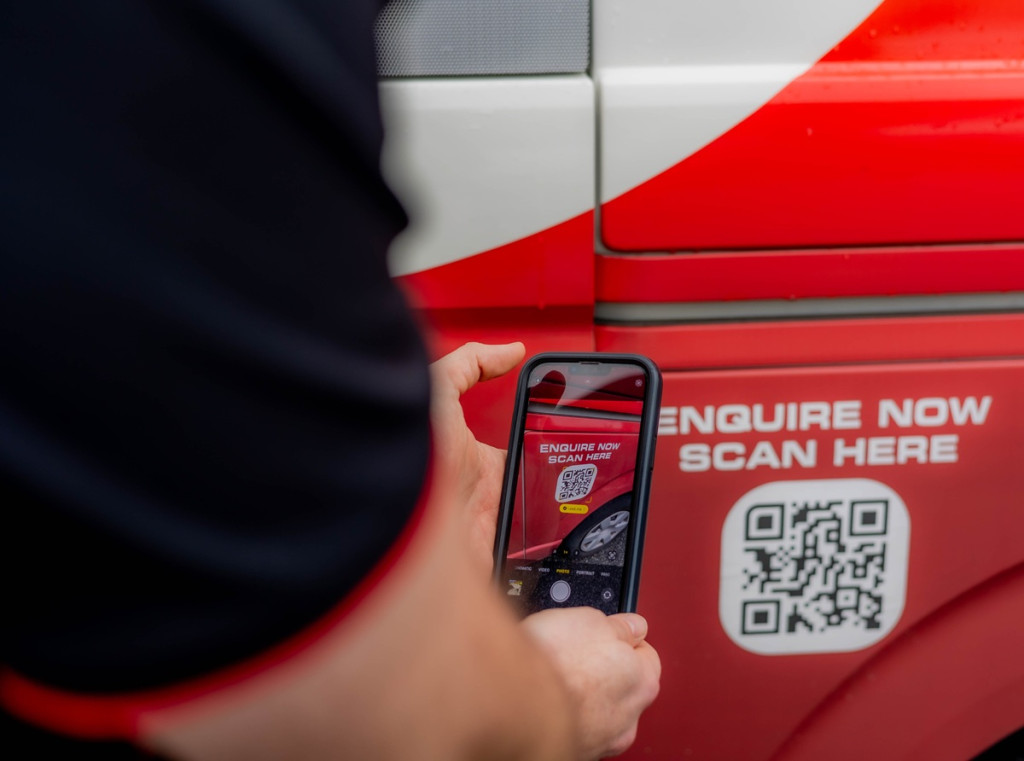
If you’ve taken steps to lower your electricity usage but are still facing a high bill, your electrical system may not be running efficiently. Over time, older wiring, outdated switchboards, and overloaded circuits can result in unnecessary power use.
Electrical inefficiencies may be causing unexpected spikes in electricity bills. Signs to watch for include flickering lights, overheating power points, or buzzing from your switchboard. These may indicate issues contributing to your high energy bill.
An energy audit helps businesses identify inefficiencies in HVAC systems, lighting, and power management, allowing them to reduce electricity costs.
If you suspect your electrical system is costing you more than it should, a licensed electrician, like any of our team at PWA Electrical Services, can assess your home or business and provide practical, cost-effective solutions.

Long-Term Solutions for Lowering Energy Costs
If you want to reduce your electricity costs permanently, investing in energy-efficient upgrades is a smart long-term solution.
Consider These Smart Upgrades:
- Solar Panels & Battery Storage: Reduce reliance on the grid and lower your power bill over time.
- Smart Home Technology: Use smart thermostats, energy monitors, and automated lighting to manage energy usage efficiently.
- Upgraded Wiring & Switchboards: Ensure your electrical system operates efficiently and safely, preventing unnecessary electricity usage.
For businesses, upgrades like LED lighting, motion sensors, and optimised HVAC systems can significantly cut operating costs.
Take Control of Your Electricity Costs with PWA Electrical Services
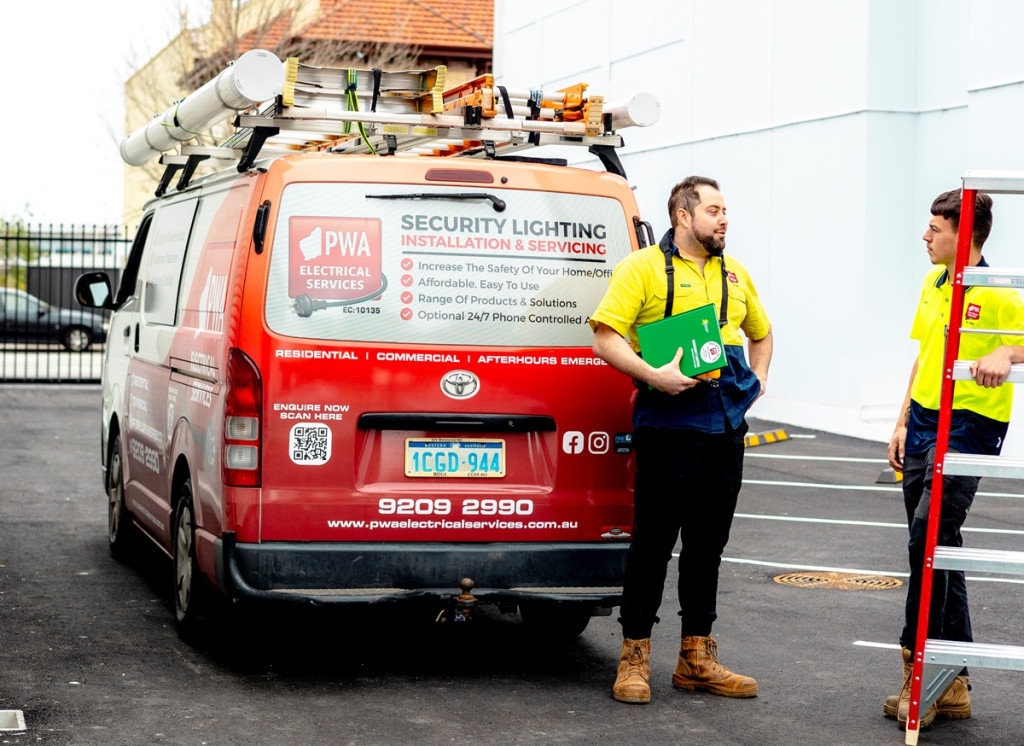
Still wondering, ‘Why is my power bill so high?’ It’s time to take action. PWA Electrical Services can help you identify and fix the problem—whether it’s faulty wiring, an outdated switchboard, or inefficient appliances.
Our expert electricians specialise in energy-saving solutions to help lower your electricity costs. From switchboard upgrades and LED lighting installations to full energy audits, we provide practical, cost-effective solutions for homes and businesses.
Stop overpaying for electricity. Call PWA Electrical Services today for a professional assessment and start saving.